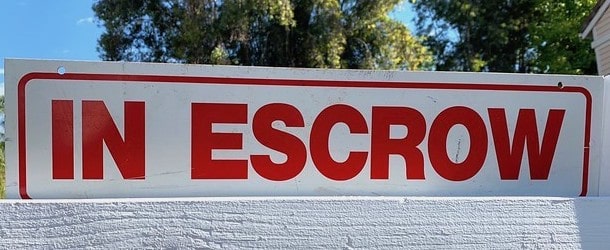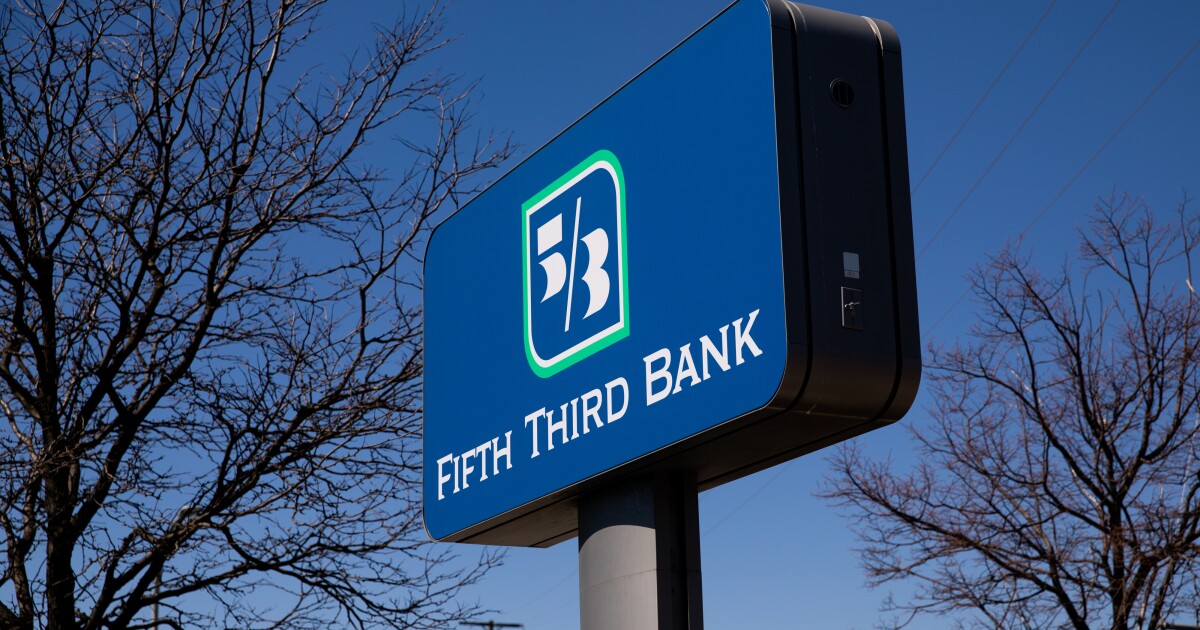I spoke to a friend the other day who is selling their home and moving up to a bigger one.
Crazy I know! What with home prices where they are the mortgage rates more than double their early 2022 levels.
Despite this, they needed more space (and wanted a new locale) and were ready to move on from their old home.
Sure, it might not be the best time to buy a home, but it’s not always about the financials.
And even so, they’ve got a plan to offset the big jump in interest expense.
They’ve Currently Got a 30-Year Fixed Mortgage Set at 2.75%
First some background on the deal. They purchased their existing home around 2012, which was basically the housing market bottom post-GFC.
This was one of the very best times to purchase a home in recent memory. Aside from seeing their home nearly triple in value, they also snagged a crazy low mortgage rate.
A 30-year fixed at 2.75%. Pretty hard to beat. The purchase price of the home was around $400,000, and is expected to sell for around $1 million today. Also pretty hard to beat!
Problem is, mortgage rates are now closer to 7% and home prices on replacement homes are comparatively high as well.
In short, if you sell today you take on a much higher mortgage rate and sales price. This means a significantly higher payment.
They can actually absorb the higher payment, but they know swapping a 2.75% mortgage for a 7.25% mortgage isn’t a great trade-off.
So here’s the plan to offset that much higher interest expense.
Using Sales Proceeds to Prepay the New Mortgage
Now this might not be for everyone, but many home sellers today are flush with home equity.
They purchased their homes either decades ago and have no mortgage, or they purchased in the early 2010s and have seen property values skyrocket.
If we consider my friend’s $400,000 home purchase in 2012 with a 20% down payment and 2.75% mortgage rate, the loan balance would be around $222,000 today.
Assuming a sales price of $1 million, they might walk with $650,000 or more. They have elected to use some of those proceeds to put a dent in the new mortgage.
Not all of it mind you, to save for an emergency fund. But a good chunk of it.
Once their old home sells, they’ll apply a large lump sum payment to the new loan. Let’s pretend the new home was $1.2 million and they put 20% down again.
The loan amount is $960,000 and the monthly payment at 7.25% is about $6,550. Obviously, a huge jump from their old payment of about $1,300.
But they’re able to make the higher monthly payment, perhaps due to higher wages. Or maybe because they could always afford more.
Regardless, they don’t need a lower payment to make it work. And their plan is to knock down that loan balance in short order.
They Can Pay Off the New Loan in Less Than 15 Years
| $960k loan amount |
No extra payment |
$300k lump sum payment |
| Interest Rate | 7.25% | 7.25% |
| Monthly Payment | $6,548.89 | $6,548.89 |
| Loan Term | 30 years | 13 years |
| Interest Savings | n/a | $1,018,498 |
Now let’s imagine that once their old home sells, they apply $300,000 in sales proceeds to the new mortgage.
That knocks down the balance to around $657,000 just a few months into their new loan term.
Importantly, this extra mortgage payment does not lower their future mortgage payments, since that’s not how mortgages work.
They’d still have to continue making that payment of about $6,550 unless they asked the lender for a loan recast.
However, and this is a biggie, they’d save about $1 million in interest if they kept the loan to maturity.
And speaking of maturity, their loan would be paid off in about 13 years instead of 30 years.
This would effectively turn their 7.25% mortgage rate into something comparable to their original interest rate. All thanks to sending those sales proceeds toward the new mortgage.
A Mortgage Refinance Still Remains an Option
In the meantime, they can also keep an eye on mortgage rates and if they fall enough, a rate and term refinance could be an option as well.
So they’re not necessarily stuck with the new 7.25% rate. And if rates do come down, they’ll have a much smaller outstanding loan balance.
This means their loan-to-value ratio (LTV) will be much lower, which equates to fewer pricing adjustments.
For example, their LTV might be closer to 50% instead of 80% when it comes time to refinance. Generally speaking, this means a lower mortgage rate too.
Aside from a refinance, a loan recast is also typically an option, assuming they want a lower payment.
This won’t save them as much money, nor will the mortgage be paid off early, but it brings monthly payments down by re-amortizing the loan based on the smaller balance.
But if you’re more interested in paying less interest, perhaps because you were used to holding a 2-3% mortgage, this is one way to do it. Assuming you can afford the higher monthly payment.
And it’s one way an existing homeowner with mortgage rate lock-in can free themselves without feeling bad about losing their old, cheap home loan.
Publisher: Source link











